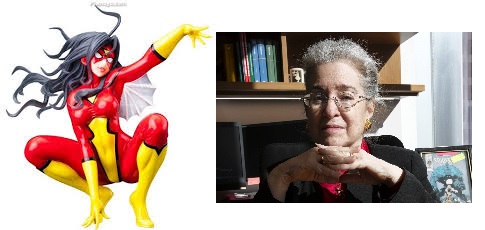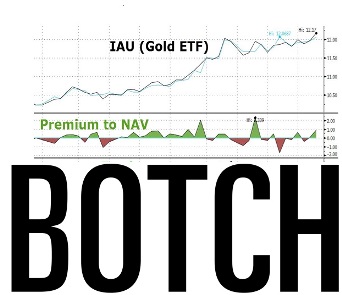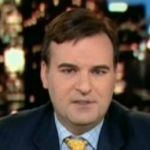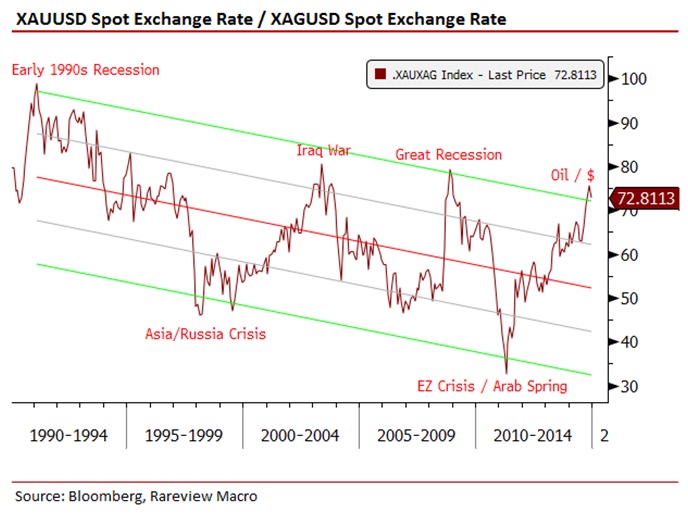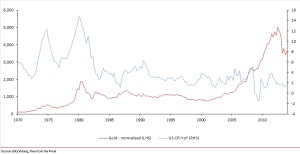Call it a Rat’s Nest, a Rabbit Hole, or a Rubik’s Cube, but no certified marketsmuse can dispute the fact the ETF industry has become a Spider’s Web of complexity when it comes to the assortment of products being promoted. And, who more qualified to advocate on behalf of a Bitcoin ETF than Kathleen Moriarty, who is often referred to as the Spider Woman of the ETF marketplace for her long history of traversing the SEC in the course of championing innovative products.
(Reuters) –When one of the first exchange-traded funds launched in 1993, securities lawyer Kathleen Moriarty received a gift from her legal assistant: a Spider-Man comic-book cover altered to depict the superhero facing off against a hulking Securities and Exchange Commission.

Twenty-three years later, Ms. Moriarty’s ability to navigate the arcane rules that govern financial markets and products has built her a reputation as a top lawyer in the ETF business and earned her the nickname “Spider Woman.” Her latest challenge is convincing regulators that a bitcoin ETF is appropriate for the market. That isn’t necessarily an easy sell, given the explosion of ETFs across the market and their fraught role in a market meltdown last August.
“I tend to concentrate on more exotic products,” Ms. Moriarty said. “Zero of my plans include retirement.”
ETFs have grown to become one of Wall Street’s most popular product categories by offering investors low-fee access to wide swaths of the market.Investors had close to $3 trillion in assets across nearly 4,500 ETFs globally as of March, according to London-based research firm ETFGI.
“I don’t think anyone would have thought it was going to be this big,” said Ms. Moriarty, a partner at Kaye Scholer LLP, in an interview this year at her Midtown Manhattan office, which was adorned with decorative arachnids and the framed comic.
Ms. Moriarty, who turned 63 Tuesday, helped launch what is still the largest U.S.-listed exchange-traded fund—the SPDR S&P 500 ETF, or SPY—paving the way in 1993 for a booming industry.
“If you’re going to try to do something unique and novel in that space, you’re going to call Kathleen,” said Jim Ross, who heads State Street Global Advisors’ line of SPDR ETFs.
ast year, the agency proposed new rules that could limit ETFs’ growth and even slim down the current lineup, such as curbing the use of derivatives by mutual funds and ETFs and limiting their holdings of assets that are illiquid, or tough to buy and sell.
An SEC spokeswoman declined to comment for this article.
Ms. Moriarty said regulators’ concerns about the products’ proliferation is “extreme.”
“How many more mutual funds do we need? Nobody ever asks that question,” said Ms. Moriarty. (There are more than 8,100 mutual funds and about 1,600 ETFs in the U.S. as of February, according to the Investment Company Institute, a fund industry group.)
Ms. Moriarty cited bitcoin’s volatility as a risk in the filing she co-wrote. She said her proposed ETF’s structure is similar to that of the $32 billion exchange-traded gold product, the SPDR Gold Trust, that she helped launch in 2004 because it aims to give investors access to the commodity without having to hold it. The fund, GLD, has risen sharply along with gold prices this year.
“I’m optimistic,” Ms. Moriarty said about the bitcoin application.

